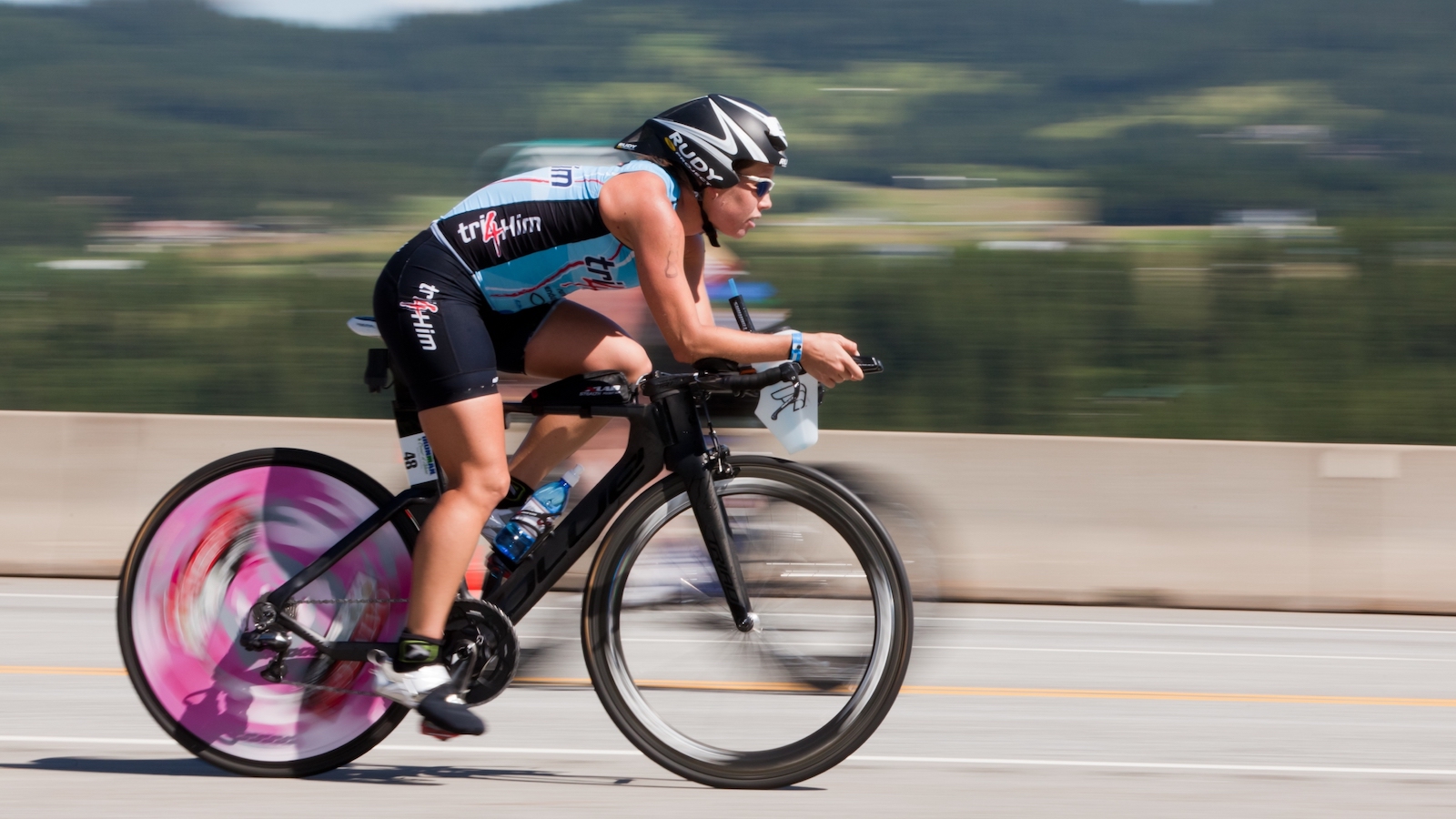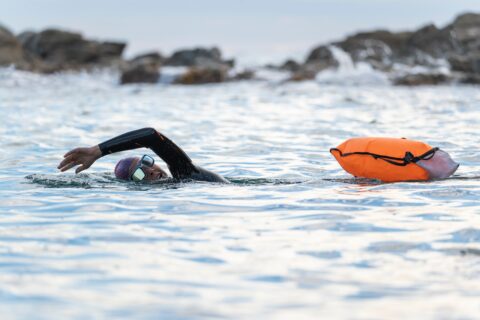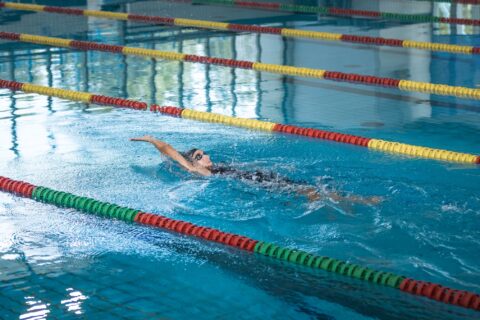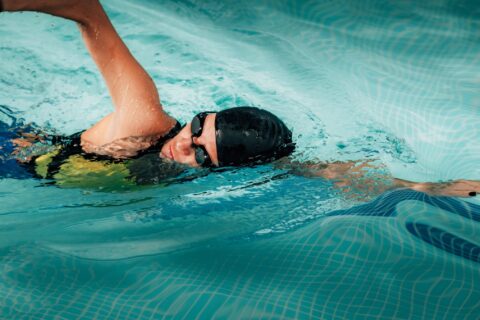You don’t need to spend huge amounts of money on gear to see significant gains in your triathlon times.
You don’t need to spend huge amounts of money on gear to see significant gains in your triathlon times.

You don’t need to spend huge amounts of money on gear to see significant gains in your triathlon times.

You don’t need to spend huge amounts of money on gear to see significant gains in your triathlon times.

Whether it’s toxic algae blooms, wildlife encounters, or boat traffic, there are many safety considerations to take into account when swimming in open water.

Keep your swim fitness up to speed with a regular maintenance session for off season.

Be ready for your Iron-distance swim with a 2.4-mile workout broken up into sets.

Olympic triathlete Matt Sharpe has given us a long run workout that’s perfect for building endurance in the last leg of a half-iron distance triathlon.